Celebrating 31 Women Who Shaped NYC (Part 1)
Happy International Women’s History Month! One of our favorite things about March is the opportunity to celebrate the women who have helped shape the city we love. A lifetime of Marches would not be enough to recognize the important historical, social, political and artistic contributions that women have made to New York City, so we’ve narrowed it down to 31 – one for each day of the month – that we think everyone should know. This is Part One. Check out our next post for Part Two.
Anne Hutchinson (1591-1643)
Hutchinson fled religious persecution in Massachusetts and Rhode Island for critiquing Puritan laws. She established herself and her followers in The Bronx and is the namesake for the Hutchinson River and the Hutchinson Parkway.
Emily Warren Roebling (1843-1903)
Her father-in-law John A. Roebling designed the Brooklyn Bridge, and her husband, Washington Roebling was named chief engineer overseeing the project after his father’s death in 1969. But after a crippling case of ‘the bends’ befell Washington in 1870, it was Emily, who had taught herself bridge construction, that took over most of the day-to-day construction and project management for the bridge.
Caroline Schermerhorn Astor (1830-1908)
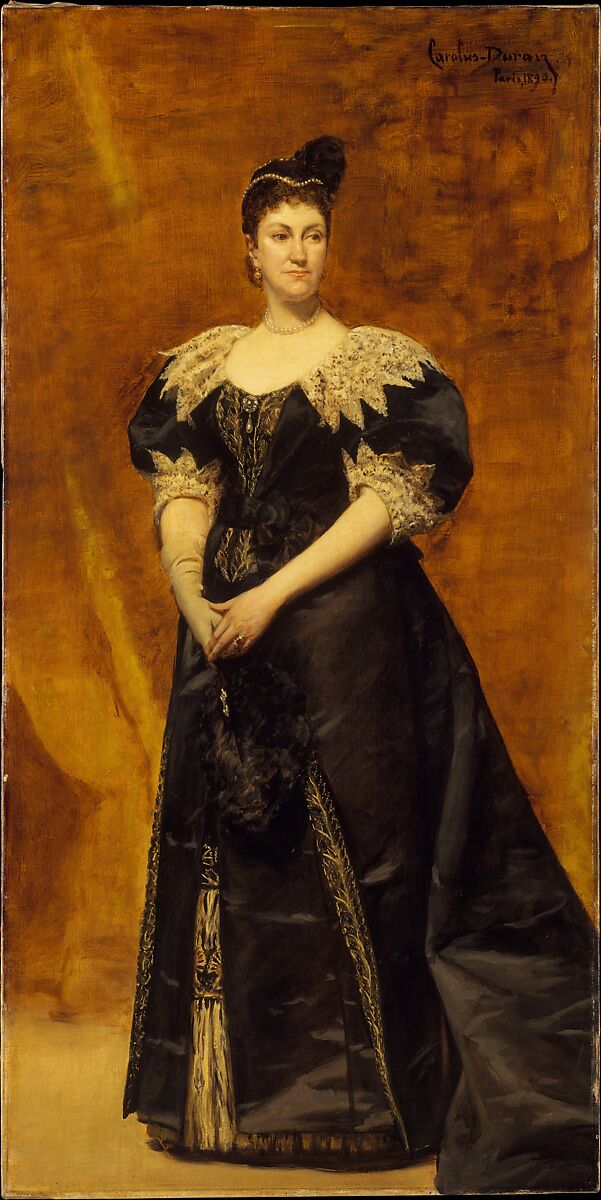
Mrs. William Astor by Carolus-Duran (1890), courtesy of The Metropolitan Museum of Art
The mother of The Knick’s founder, John Jacob Astor IV was the famously formidable gatekeeper of The Gilded Age. Legend has it that ‘The 400,’ the number of people who could lay claim to the upper echelons of New York society, was based on the number of people who could fit in Mrs. Astor’s ballroom.
Nellie Bly (1864-1922)
A pioneering investigative journalist, Bly famously infiltrated the mental institution on Blackwell’s Island (now Roosevelt Island) by having herself committed as a patient. During her 10-day stay, she reported on the neglect and physical abuse endured by the women there, ushering in much-needed reforms.
Edith Wharton (1862-1937)
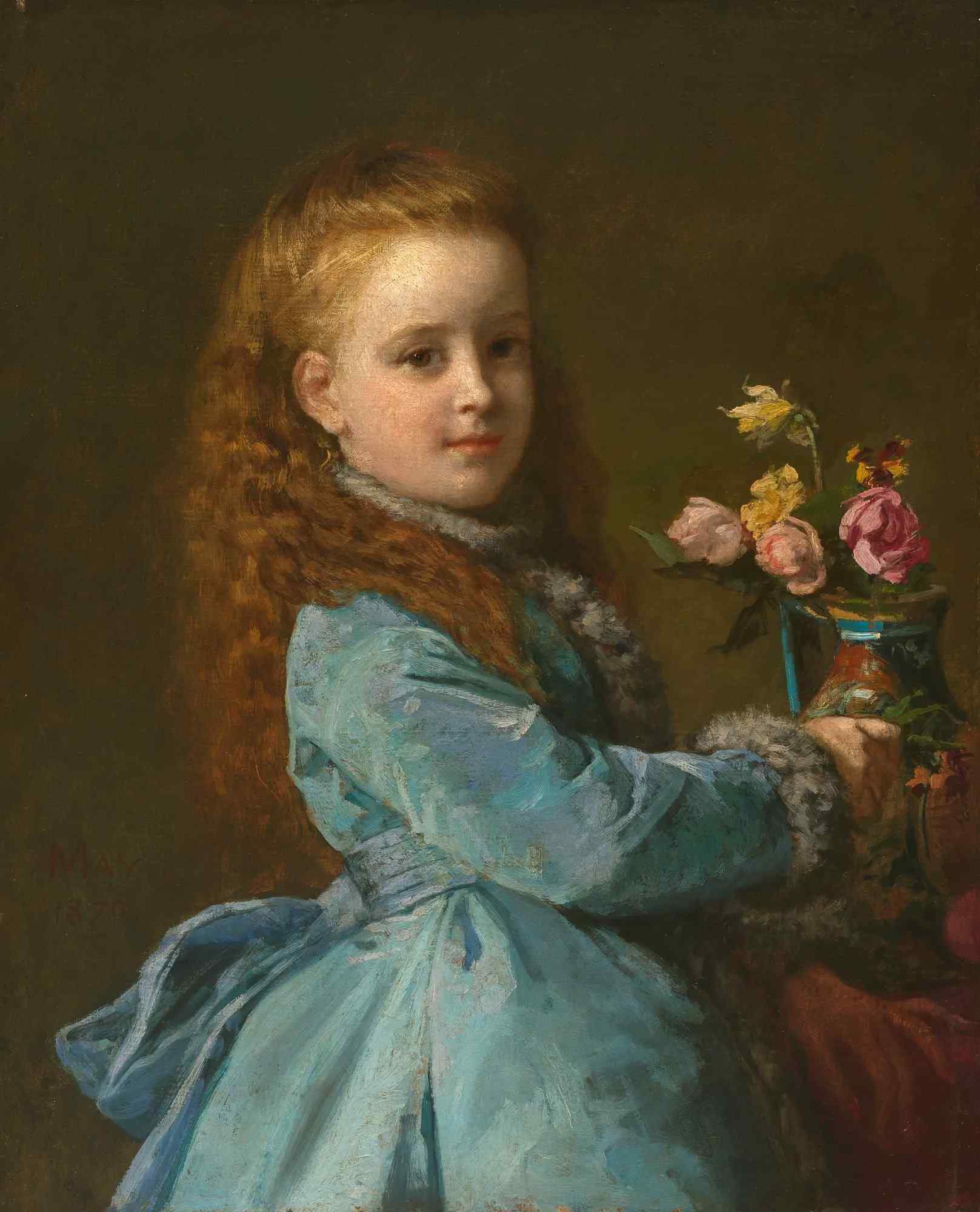
Edith Jones (Wharton) at Age 5 by Edward Harrison. Image courtesy of National Portrait Gallery, Smithsonian Institution
Wharton, a member of the American aristocracy, provided an insider’s look into New York’s Gilded Age society through her many novels and short stories. Her book The Age of Innocence earned her the distinction of being the first woman to win a Pulitzer Prize for Fiction, and she was also nominated three times for the Nobel Prize for Literature.
Margaret Sanger (1879-1966)
Thrown in jail in 1917 for opening New York’s first birth control clinic, Margaret Sanger never stopped fighting for the reproductive rights of impoverished women, specifically on the Lower East Side. Sanger, founding chairwoman of the organization that would eventually become Planned Parenthood, is considered the mother of the modern birth control movement.
Evelyn Nesbit (1885-1967)
![Eickemeyer, R., photographer. (1901) Ready for Mischief. , 1901. [Photograph] Retrieved from the Library of Congress](https://www.theknickerbocker.com/content/uploads/2024/06/loc_ready_for-mischief.jpg)
Eickemeyer, R., photographer. (1901) Ready for Mischief. , 1901. [Photograph] Retrieved from the Library of Congress
A winsome artist’s model, chorus girl, actress and eventual memoirist, Evelyn Nesbit went down in history for being the mistress of architect Stanford White, whose murder at the hands of her husband resulted in ‘the trial of the century.’ The jury was sequestered in high style at The Knick
Martha Graham (1894-1991)
Martha Graham in Appalachian spring. , . [Photograph] Retrieved from the Library of Congress
The modern dancer and choreographer known for developing the ‘Graham Technique,’ which reshaped American dance and is still taught today, was the first dancer to perform at the White House, perform abroad as a cultural ambassador, and receive honors including the U.S. Presidential Medal of Freedom with Distinction, the Key to the City of Paris, and Japan’s Imperial Order of the Precious Crown. The Martha Graham Dance Company, founded in 1926, is the oldest dance company in America.
Jacqueline Kennedy Onassis (1929-1994)
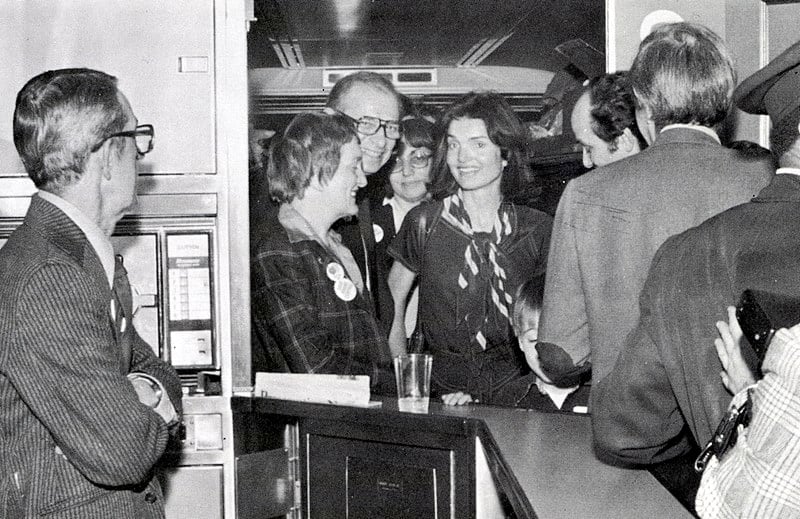
By Helen Hayes – Amtrak NEWS, May 1978, Public Domain
In 1919, Jacqueline Kennedy Onassis’s father, Black Jack Bouvier (said to be ‘Wall Street Jack’ from the song 42nd Street in the eponymous musical), was famously thrown out of The Knickerbocker Hotel for overly enthusiastic skipping. Decades later, after the Camelot years and the death of her second husband, Aristotle Onassis, Kennedy Onassis returned to New York and spent decades protecting landmarks like Columbus Circle, and Staten Island’s Snug Harbor from destruction and blight. Her most notable project was helping to save the Beaux Arts Grand Central Station (here she is pictured on a chartered train to Washington, D.C. to present oral arguments in Penn Central Transportation Co. v. New York City). The Central Park reservoir is named for her, in honor of her work preserving New York history.
Sylvia Rivera (1951-2002)
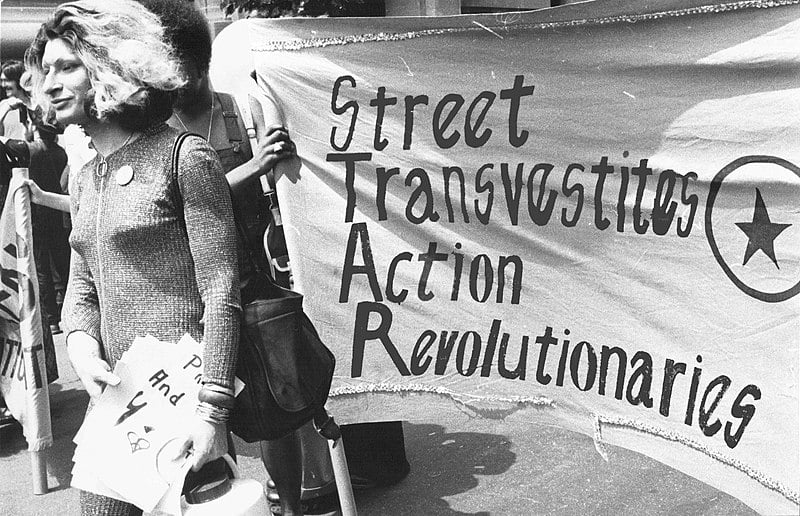
Roseleechs – Own work, CC BY-SA 4.0
Rivera was an early transgender activist who, with close friend Marsha P. Johnson (who did not identify as exclusively as a woman), co-founded the Street Transvestite Action Revolutionaries, dedicated to helping un-housed young drag queens, gay youth and trans women. The organization was a leading participant in the fight for the New York City Transgender Rights Bill†and for a trans-inclusive†New York State Sexual Orientation Non Discrimination Act.
Known for ministering through the Metropolitan Community Church of New York’s food pantry, Rivera is the namesake of the Sylvia Rivera Food Pantry and its queer youth shelter, as well as the legal aid organization, The Sylvia Rivera Law Project.
Shirley Chisholm (1924-2005)
![Gotfryd, B., photographer. (ca. 1972) Shirley Chisholm. United States, ca. 1972. [Photograph] Retrieved from the Library of Congress](https://www.theknickerbocker.com/content/uploads/2024/06/loc_shirley_chisholm.jpg)
Gotfryd, B., photographer. (ca. 1972) Shirley Chisholm. United States, ca. 1972. [Photograph] Retrieved from the Library of Congress
The first Black congresswoman in U.S. history, Shirley Chisholm fought for spending increases in public education, healthcare, and other social services, particularly on behalf of impoverished women and children. She was an advocate of the Equal Rights Amendment and land rights for Native Americans. Although she lost her 1972 bid for the U.S. presidency, she has had a profound impact on subsequent generations of women of color in politics, including Vice President Kamala Harris.
Margot Gayle (1908-2008)
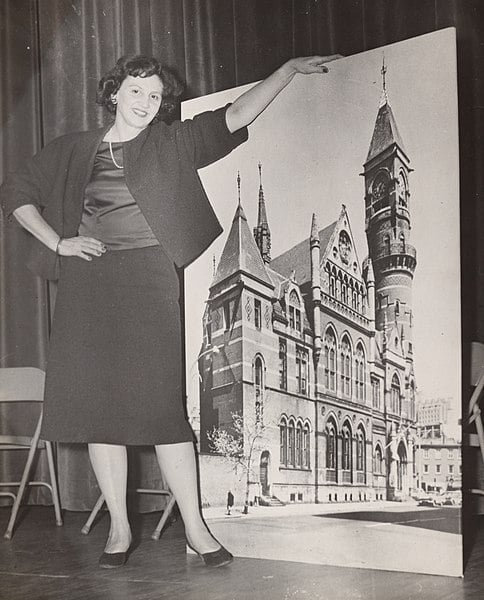
Photo by: Fields, H.J., CC0, via Wikimedia Commons
A lover of Victorian architecture, Gayle was instrumental in preserving the cast-iron warehouses that give SoHo its distinct look and atmosphere. A co-founder of the SoHo Cast Iron Historic District, Gayle joined Jane Jacobs and Verna Small in helping to derail Robert Moses’s neighborhood-destroying urban renewal project.
Verna Small (1916-2008)
Considered the Queen of Greenwich Village, Small was known for her compelling writing and eloquent public speaking. She founded many preservation organizations, including the highly influential Greenwich Village Society for Historic Preservation. Together with Jane Jacobs and Margot Gayle, she remains a hugely influential paragon of urban neighborhood preservation projects to this day.
Yuri Kochiama (1921-2014)
Impacted by childhood years spent in a Japanese internment camp, Kochiama moved to Harlem and spent her adult years advocating on behalf of Black, Latinx, Native American, and Asian-American communities. Her work pushing for reparations for Japanese-Americans who were incarcerated during World War II led to the passage of the Civil Liberties Act of 1988.
Sonia Sotomayor (1954-)
Born in the Bronx, Supreme Court Justice Sonia Sotomayor was raised by her mother after her father died when she was just 9-years-old. Her impressive career began after she graduated summa cum laude from Princeton and received her Juris Doctor from Yale Law School, before eventually becoming the third woman, first woman of color, the first Hispanic, and first Latina to serve on the Supreme Court.